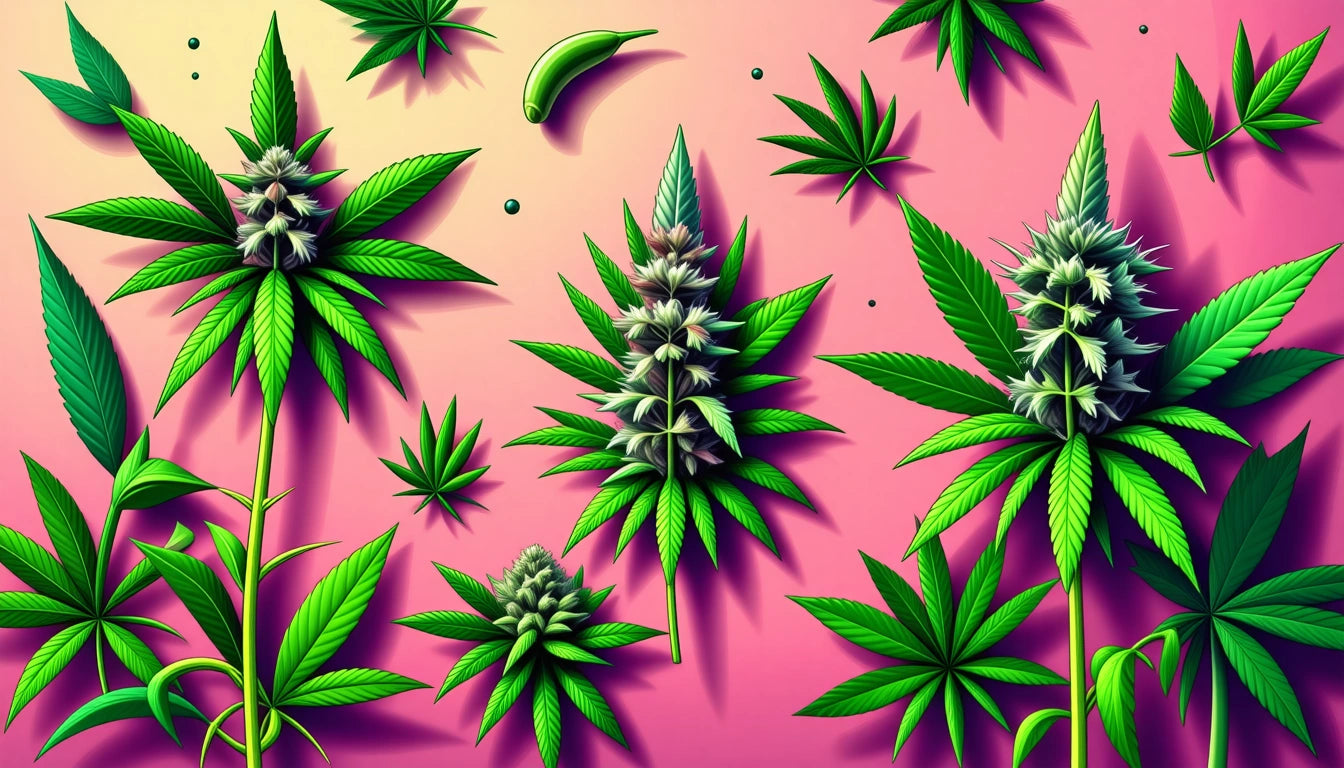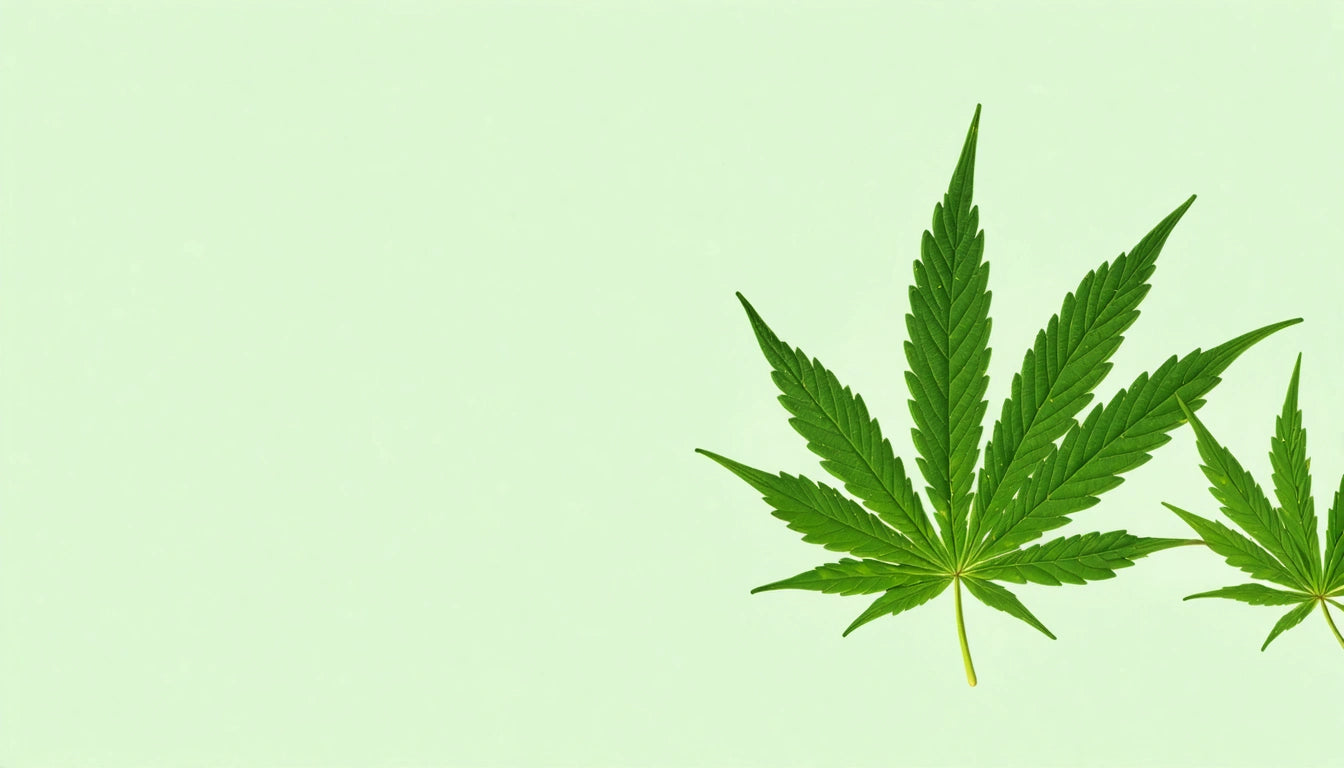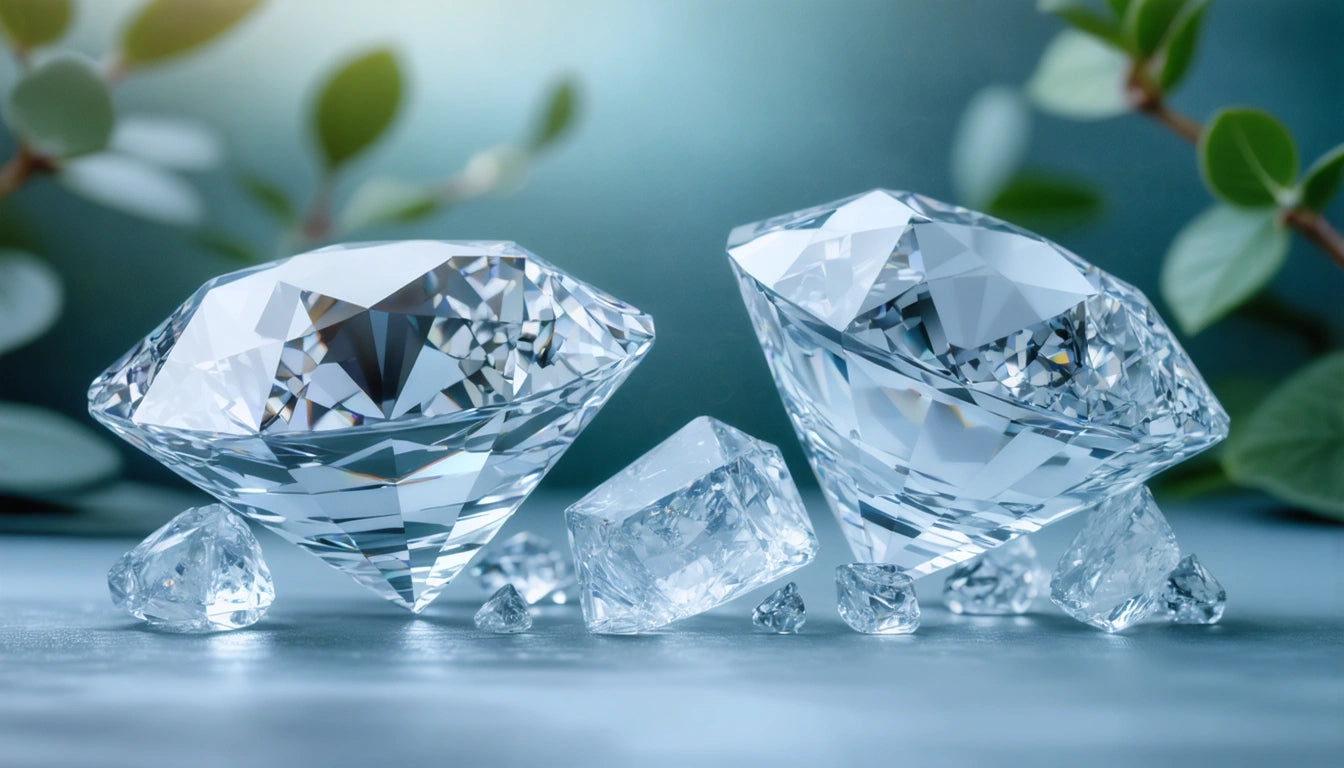Table of Contents
- Seedling Stage: Identifying Young Cannabis Plants
- Vegetative Stage: Recognizing Mature Weed Plants
- Flowering Stage: What a Flowering Weed Plant Looks Like
- Cannabis Leaves: Distinctive Features and Variations
- Plants That Look Like Weed: Avoiding Misidentification
- Size and Yield Reference: What Different Quantities Look Like
- Visual Identification Tips for Cannabis Enthusiasts
Identifying and Recognizing Weed Plants: A Comprehensive Guide
Cannabis plants have distinctive characteristics that make them recognizable at various growth stages. Whether you're a curious observer, a budding cultivator, or someone interested in botanical identification, understanding what weed plants look like can be valuable knowledge. This guide explores the visual traits of cannabis plants from seedling to harvest.
Seedling Stage: Identifying Young Cannabis Plants
When first germinating, cannabis seedlings emerge with two rounded cotyledon leaves. These initial leaves don't resemble the iconic cannabis leaf yet. Within 1-2 weeks, the plant develops its first true leaves, which typically have 3-5 serrated leaflets.
What does a weed sprout look like? Young cannabis seedlings share these characteristics:
- Thin, fragile stem
- Bright green coloration
- Initially two round leaves, followed by serrated true leaves
- Gradual development of the distinctive leaf pattern
During this early stage, cannabis seedlings can be confused with other plants. The serrated edges begin to appear as the plant matures, making identification clearer as it grows.
Vegetative Stage: Recognizing Mature Weed Plants
As cannabis enters the vegetative stage, the plant structure becomes more defined. What does a weed plant look like when maturing? During this phase, cannabis develops:
- Strong central stem with lateral branching
- Opposite leaf arrangement (leaves grow in pairs on opposite sides of the stem)
- Increased number of leaflets per leaf (typically 5-7)
- Distinct internodal spacing
- Vibrant green color (though some strains may show purple tints)
The vegetative stage is when cannabis plants establish their characteristic appearance. The plant focuses on leaf and stem growth, creating the foundation for the flowering stage. Plants can grow rapidly during this period, sometimes adding several inches in height weekly.
Flowering Stage: What a Flowering Weed Plant Looks Like
When cannabis begins flowering, its appearance changes dramatically. What does a flowering weed plant look like? Key visual indicators include:
- Development of buds (flowers) at stem junctions and branch tips
- White pistils emerging from female flowers
- Increased resin production, giving buds a crystalline appearance
- Denser, more compact growth pattern
- Distinctive aroma becomes more pronounced
During flowering, female plants develop the resinous buds prized for consumption. These buds start as small clusters of pistils and gradually swell into dense, trichome-covered flowers. Male plants develop pollen sacs instead of buds, appearing as small ball-like structures.
As detailed in this anatomy guide, the flowering stage reveals the plant's sex and produces the characteristic structures most associated with cannabis.
Cannabis Leaves: Distinctive Features and Variations
What does a weed leaf look like? The cannabis leaf is perhaps the most recognizable part of the plant, featuring:
- Palmate compound structure (leaflets radiating from a central point)
- Serrated edges on each leaflet
- Typically odd-numbered leaflets (5-7 for most plants, up to 13 in some varieties)
- Leaflets that are longer in the middle and shorter on the sides
- Prominent veining pattern
Leaf appearance can vary based on strain. Indica-dominant strains often have broader, darker leaves, while sativa-dominant varieties typically display narrower, lighter-colored foliage. Hybrid strains show characteristics somewhere in between.
Cannabis leaf appearance has also evolved through selective breeding over decades, with modern varieties sometimes showing distinctive variations from traditional leaf patterns.
Plants That Look Like Weed: Avoiding Misidentification
Several plants bear a resemblance to cannabis, leading to potential misidentification. What plant looks like weed but isn't? Common lookalikes include:
- Japanese Maple (Acer palmatum) - Has similar palmate leaves but smoother edges
- Cassava (Manihot esculenta) - Features radiating leaflets but lacks serration
- Cleome (Spider Flower) - Has palmate leaves but different overall structure
- Kenaf (Hibiscus cannabinus) - Similar leaf pattern but different stem structure
- Okra (Abelmoschus esculentus) - Shares some leaf characteristics but has distinct flowers
For a detailed comparison of these plants, this resource on cannabis lookalikes provides visual references and distinguishing features.
Size and Yield Reference: What Different Quantities Look Like
Understanding plant size and yield can help with identification and expectations. What does a 1 pound plant look like? A plant yielding approximately one pound (16 ounces) of dried flower typically:
- Stands 6-8 feet tall (outdoor) or 3-5 feet tall (indoor with training)
- Has a canopy spread of 3-4 feet
- Features multiple main colas and numerous secondary bud sites
- Requires substantial support during flowering due to bud weight
For proper storage and preservation of larger harvests, many cultivators use specialized storage solutions designed for pound quantities that maintain freshness and potency through proper sealing and protection from light.
For visual references of smaller quantities, this guide to different weights shows what various amounts look like when processed and ready for consumption.
Visual Identification Tips for Cannabis Enthusiasts
To accurately identify cannabis plants in various settings, consider these practical tips:
- Look for the distinctive serrated leaf edges and palmate structure
- Note the opposite leaf arrangement in early growth stages
- Observe the internodal spacing pattern on the main stem
- Check for resin production on mature plants (sticky, crystal-like coating)
- Notice the characteristic aroma, especially during flowering
- Examine the symmetrical branching pattern
With practice, identifying cannabis becomes easier as you familiarize yourself with these distinctive characteristics. Remember that variations exist between strains, but the fundamental features remain consistent across most cannabis varieties.
Whether you're interested in cultivation, botanical identification, or simply expanding your knowledge, understanding what weed plants look like at different stages provides valuable insight into this historically significant plant species.











Leave a comment
All comments are moderated before being published.
This site is protected by hCaptcha and the hCaptcha Privacy Policy and Terms of Service apply.